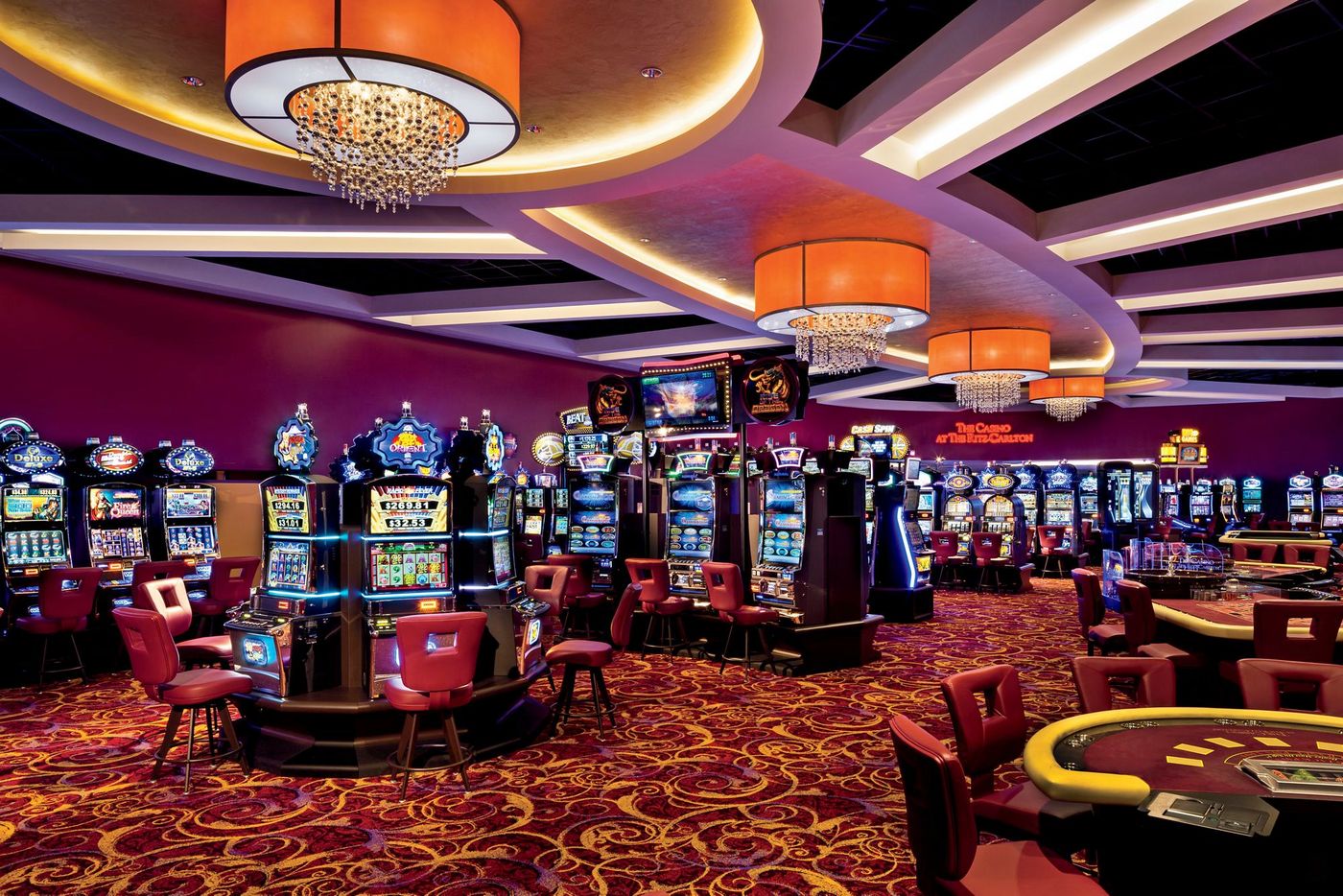
Casino games have long captivated the human imagination, drawing gamblers into a universe filled with fortune, strategy, and the allure of adventure. Each game is meticulously crafted not just for fun, but also to elicit particular emotional responses that keep gamblers involved and interested. Understanding the drives behind these designs reveals much about how behavioral psychology plays a key role in the gaming experience.
From the bright lights and dynamic sounds to the complex layering of systems and rewards, casino games are designed to create an atmosphere of anticipation and eagerness. Game designers leverage behavioral strategies to influence participant behavior, whether through the use of jackpots, close-call situations, or community engagement. By examining these factors, we can better appreciate how casino games fulfill not just a want for entertainment, but deeper psychological needs for thrill and uncertainty.
Grasping Gamer Behavior
Casino games are engineered with a deep comprehension of player psyche, which is essential for luring and retaining players. The thrill of the game, coupled with the expectation of winning, produces a formidable attraction. Game designers employ elements like audio cues, vibrant graphics, and engaging gameplay to seize attention and generate emotional responses. These sensory experiences enhance the immersive experience, making players feel more invested in the game.
Another important aspect of player behavior is the idea of risk versus reward. Casino games often balance high-stakes situations with the potential for significant rewards, which can cause the event known as near-miss effect. When players come close to winning, the brain secretes dopamine, reinforcing their behavior and motivating them to continue playing in search of that fleeting win. This cycle of wish and letdown plays a key role in how games are structured and marketed.
Lastly, community aspects also play a central role in player behavior at casinos. Many games are crafted to be played in groups or alongside other players, creating a sense of belonging and collective experience. meilleur casino en ligne The community engagement inherent in games like poker enhances enjoyment and can result in prolonged gaming periods. Designers capitalize on this by designing environments that prompt players to stay, interact, and revisit, making the overall casino experience more inviting.
The Role of Imagery and Audio
Imagery and sound play a significant role in elevating the player’s experience within casino games. Designers utilize vibrant colors, striking graphics, and captivating animations to capture players’ attention and sustain their focus. The use of motifs, such as adventure or luxury, helps create an enthralling atmosphere that transports players into another world. By connecting to the senses, these elements add to a heightened emotional response, prompting players to interact more profoundly with the games.
Audio design is just as important in enhancing the experience of gambling games. The combination of ambient music, audio effects for winning combinations, and ambient noises creates an sound landscape that holds players fascinated. Sounds associated with wins, such as chiming bells or celebratory music, evoke feelings of excitement and satisfaction, encouraging players to keep playing. These sound cues are carefully placed to enhance the thrill of the game and create a more engaging experience.
Moreover, the synchronization of imagery and audio is important for supporting the game’s overall theme and atmosphere. Each element should align seamlessly to create a unified experience that pulls players in. The effective use of this integration not only improves user satisfaction but also increases the likelihood of repeat play, as players become more invested in the captivating world that the gambling games offer. This thoughtful integration of imagery and audio ultimately enhances player involvement and commitment.
Incentive Structures and Participation
The design of casino experiences greatly relies on incentive systems to keep players involved and coming back for additional experiences. These systems are rooted in behavioral principles that take advantage of human behavior and motivation. Participants are often driven by the thrill of winning, which is reinforced by immediate feedback through the game’s design. This prompt satisfaction not only improves the gaming experience but also cultivates a feeling of achievement, encouraging players to keep participating in hopes of bigger gains.
Casinos utilize various incentive systems, including large payouts, extra rewards, and multipliers, to engage participants. These features create a layer of thrill that maintains engagement. Additionally, the randomness of outcomes plays a significant role in keeping attention. The variable reward system, where successes are unpredictable but occur often enough, maintains participants on edge and motivated to continue participating. This cycle of hope and expectation is essential to the success of casino games.
Furthermore, community aspects, such as tournaments and multiplayer features, enhance the participation factor by leveraging the competitive nature of players. The shared experience of gaming with fellow participants can intensify the excitement of success and create a sense of community within the casino. By integrating these social dynamics with effective reward systems, gambling experiences not only provide fun but also foster a deeper connection among participants, reinforcing their commitment to the overall experience.